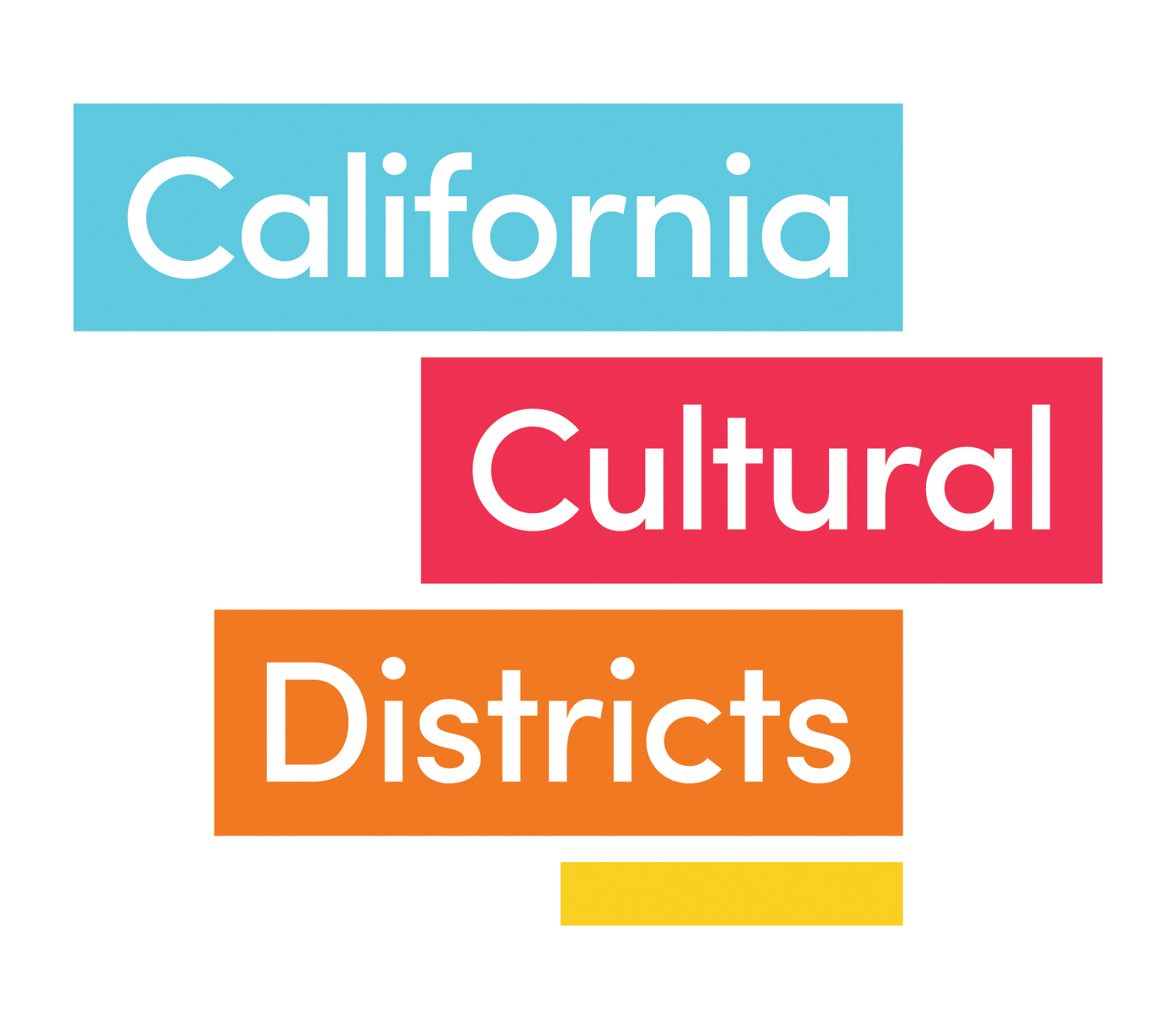Resources
The following links and resources have been compiled to aide local communities as they consider applying for state cultural district designation.
2025 Cultural District Application Guidelines
Cultural Asset Inventory
A key resource for all potential applicants is the Cultural Asset Inventory Worksheet, provided by the California Arts Council as a required component of the finalist application.
District Boundary Map Instructions & Resource
Glossary of Terms
The California Arts Council has provided a glossary of terms found throughout this website, application, and reference/research materials. The glossary also includes helpful links to outside resources.
